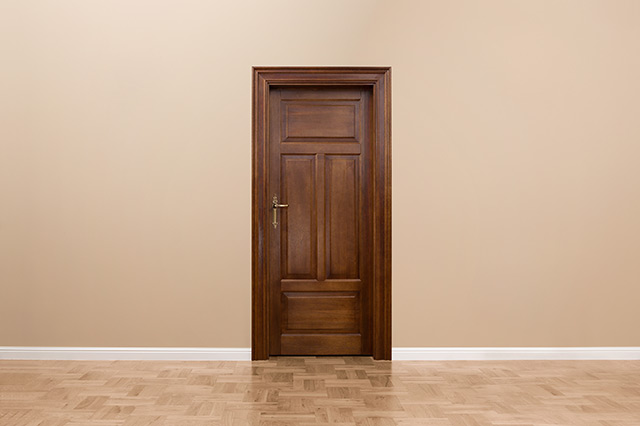Utilizing solar power can save homes around 600 British Pounds ($775) in electricity bills every year. This was the conclusion made by a team of researchers from the Swansea University who found that installing solar storage technologies in buildings could cut energy consumption by more than 60 percent. The concept has already been proven in the U.K.’s first energy-positive classroom, which they called the “Active Classroom.” This structure combined solar roof and battery storage to collect heat from their south-facing walls. In only six months, Active Classroom has generated more energy than it has consumed.
U.K. engineers are looking to apply the same technology in homes. If the transition is successful, it could have a dramatic impact not only to how we build structures but how we can preserve the environment.
The social housing development, named Active Homes Neath, will be developed by Pobl Group, the largest housing association in Wales. The project has already been granted planning permission and is set to be the first major housing development that optimizes solar technology at such a massive scale. Its designs are mostly based on Active Classroom’s current technology. Active Homes will feature several solar roofs, shared battery storage, and even the potential for electric car charging. Solar heat will be collected from walls that are strategically built facing the south. Waste heat will also be captured and recycled within the building. While the initial building cost could be considered massive (1.3 billion British Pounds or around $1.6 billion), the subsequent energy savings would make the project a sound investment. Residents are scheduled to move in during Spring of 2019.
Active Homes is meant to be the starting point at which the British government will move towards using alternative sources of energy. In the official press release by Swansea University, the main goal of their endeavor is to have at least one million homes in the country built in this manner. There are several implications to this, least of which is the potential reduction of carbon dioxide emissions. Analysts calculate that if these homes operated at peak generating capacity of three gigawatts, around 80 million tons of CO2 emissions would be avoided over 40 years. The advancements in technology could also place the U.K. into a unique position as a forerunner in solar technology.
Energy engineers in the country find the development to be timely. Only recently, the British government announced measures to phase out diesel engine cars in favor of greener alternatives by 2040.
Solar power in America
We shouldn’t wait meekly on the sidelines either. Solar power can be utilized here as well. Admittedly, it’s a little bit more complicated here. Many of us may be wondering if it actually makes sense to install solar panels on our homes. The long and short of it is, yes, as long as you do your homework and research very well.
An average American household consumes around 1 kW per hour (kWh). Since there are roughly 730 hours in each month (excluding February), and the average price of a kWh is $0.10, the average monthly bill is around $73 for 730 kWh’s worth of electricity.
Take note that we are talking averages here. Electricity costs vary per state. For example, residents in West Virginia are only charged $0.07/kWh whereas this becomes $0.24/kWh in Hawaii. We are also not taking into consideration the use of non-standard items like hot-tubs and air-conditioning, which use a lot of electricity.
In any case, a solar panel’s generating capacity is around 10 watts/sq. ft. A typical panel has an efficiency of around 12 percent. This means that for every kW you use, you would need around 100 sq. ft. of solar panels.
There is also the cost of the standard solar system. Depending on what would best suit your house, a 5 kW system would cost around $25,000 to $35, 000. It would take roughly 30 years to receive a return on investment here.
However, this is also using technology available today. The British project, along with the projected growth of solar technology, could cut down costs in the future. (Related: Solar power could get even more affordable as scientists discover way to replace platinum components with 3D graphene.)
Sources include:
ScienceDaily.com
SPECIFIC.EU.com
SolarPowerPortal.co.uk
SolarPowerAuthority.com





















